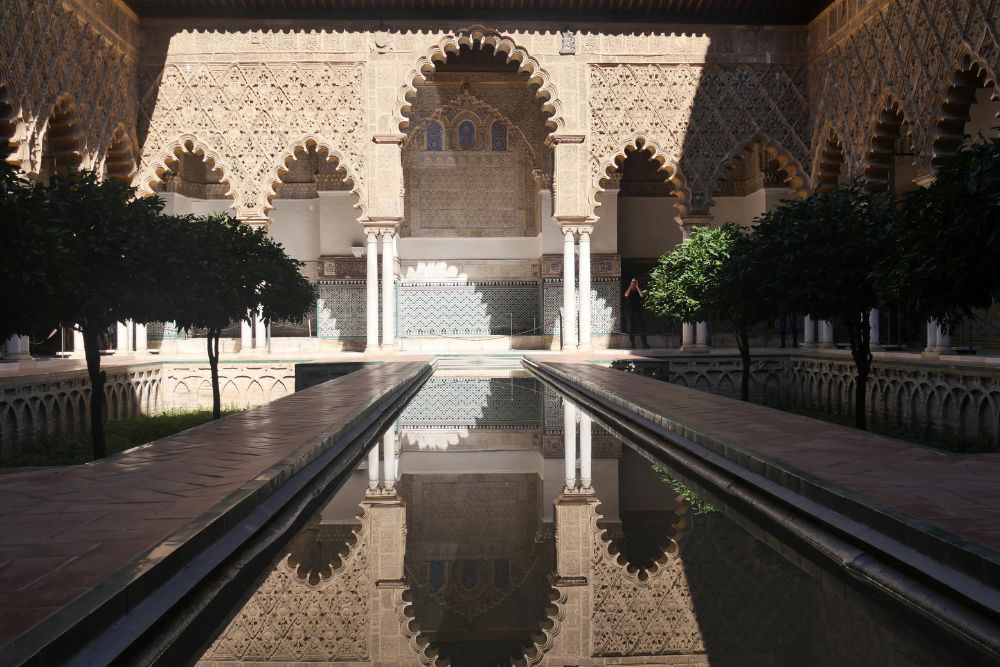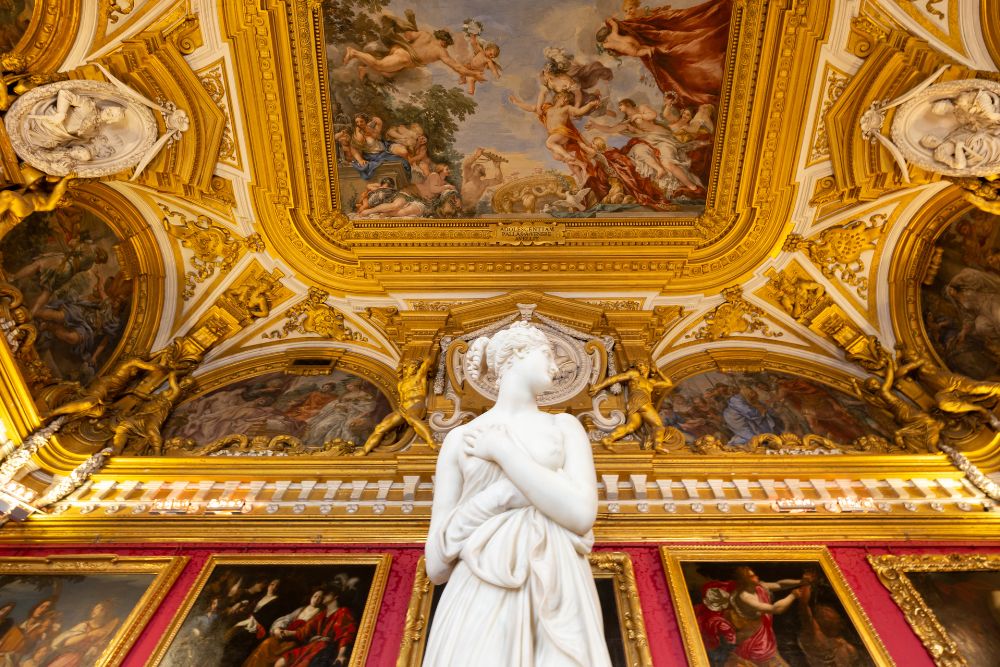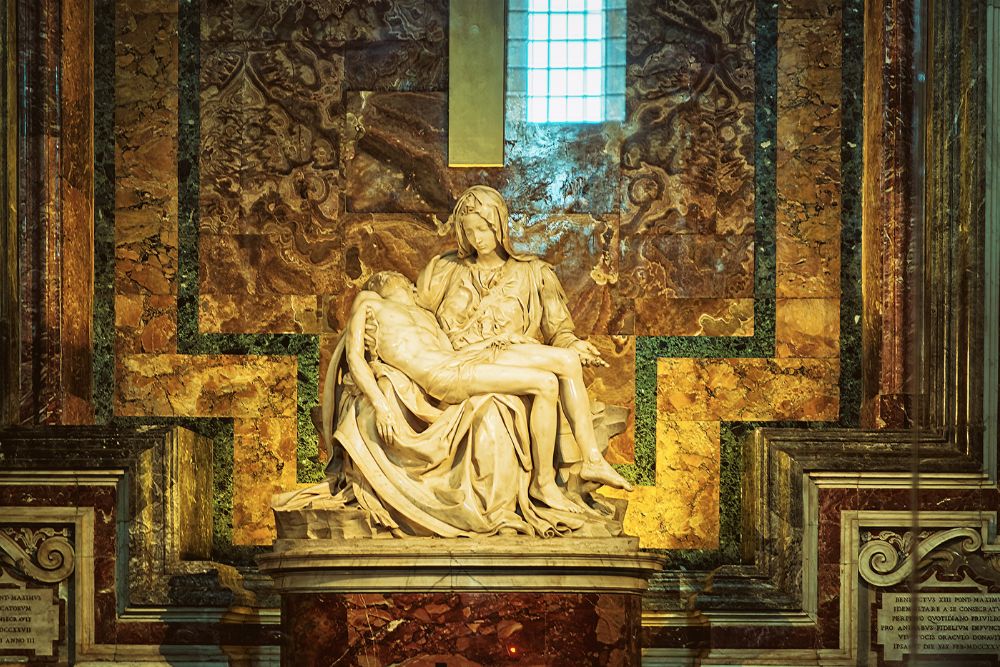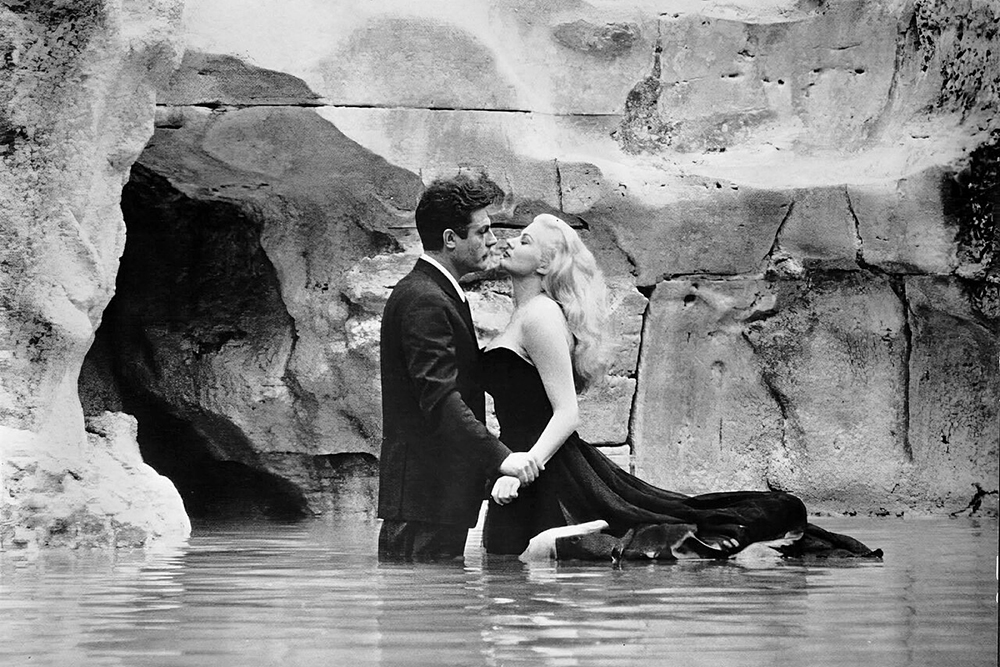
The Roman Influence on Italian Culture
Italy owes much of its identity to the ancient Romans. The Roman Empire, with its impressive military conquests, innovative architecture, and profound influence on governance and language, has left an enduring mark on the Italian peninsula.
The Roman Legacy in Italian Art
When discussing the Roman influence on Italian culture, one cannot ignore the profound impact on art. The Romans were renowned for their artistic prowess, often borrowing and adapting elements from Greek art. Roman art encompassed various forms, from sculptures and mosaics to frescoes and monumental structures.
Sculpture
Roman sculpture evolved from the Greek tradition but emphasized realism and individualism. Famous Roman sculptures like the Capitoline Wolf and the Augustus of Prima Porta stand as iconic examples of this art form. Their influence can be seen in Italian Renaissance sculptures such as Michelangelo's David.
Mosaics and Frescoes
The use of mosaics and frescoes to decorate buildings was a Roman innovation. Pompeii and Herculaneum, two ancient Roman cities preserved by volcanic ash, reveal stunning examples of this art form. These techniques have been passed down through generations and remain integral to Italian artistic traditions.
Architectural Elements
Roman architectural innovations, such as arches, columns, and domes, continue to influence Italian architecture. The Colosseum and the Pantheon, for instance, serve as enduring examples of Roman engineering excellence, inspiring countless Italian architectural marvels, including the iconic St. Peter's Basilica in Vatican City.
Roman Influence on Italian Architecture
The architectural legacy of ancient Rome is perhaps the most visible and enduring aspect of Roman influence on Italian culture.
Arches and Domes
Romans were pioneers in constructing arches and domes, which became integral to Italian architecture. The use of arches in aqueducts and bridges revolutionized engineering, and this innovation can still be seen in Italian landmarks like the Arco di Tito in Rome.
Amphitheaters
The Roman amphitheater, epitomized by the Colosseum, has inspired Italian architects for centuries. Modern stadiums and arenas, such as the Colosseum-inspired Los Angeles Memorial Coliseum, pay homage to this Roman architectural marvel.
Aqueducts
The Roman aqueduct system, designed to transport water over long distances, has influenced modern water management systems in Italy and around the world. The Pont du Gard in France is a Roman aqueduct that continues to stand as a testament to their engineering prowess.
Urban Planning
Roman urban planning principles, including grid layouts and the use of forums, have left a lasting impact on Italian cities like Rome, Milan, and Naples. These principles have guided the development of city centers, streets, and public spaces.
The Roman Language and Italian Evolution
One of the most significant and enduring contributions of Rome to Italian culture is the Latin language. Latin was the official language of the Roman Empire and served as the foundation for the development of modern Romance languages, including Italian.
The Evolution of Latin
Over time, Latin evolved into Vulgar Latin, a colloquial form spoken by the common people of the Roman Empire. This Vulgar Latin eventually developed into the various Romance languages spoken today, including Italian, Spanish, French, Portuguese, and Romanian.
Influence on Italian Vocabulary
Latin's influence on Italian is evident in the language's vocabulary, with a significant portion of Italian words having Latin roots. This connection to Latin gives Italian a unique historical depth and connection to its Roman heritage.
Classical Latin Influence
While the everyday language of Romans evolved into Vulgar Latin, classical Latin remained influential in academic, scientific, and religious contexts. This classical influence can be seen in Italian literature, law, and the Roman Catholic Church.
Roman Traditions and Italian Culture
The Roman influence on Italian culture goes beyond art, architecture, and language. It has also played a significant role in shaping Italian traditions and way of life.
Cuisine
Roman cuisine, characterized by the use of olive oil, wine, and an abundance of herbs and spices, has deeply influenced Italian cooking. Dishes like pasta, pizza, and gelato, which are now emblematic of Italian cuisine, have roots in Roman culinary traditions.
Festivals and Holidays
Many Italian festivals and holidays have their origins in ancient Roman celebrations. For instance, the Roman festival of Saturnalia, a time of feasting and gift-giving, influenced the modern Italian Christmas traditions.
The Roman Catholic Church
The Roman Catholic Church, headquartered in Vatican City, is a significant part of Italian culture and identity. The Roman Empire's conversion to Christianity and the subsequent spread of Christianity across Europe profoundly impacted Italy, making it the spiritual heart of the Catholic faith.
Legal System
The Roman legal system, with its emphasis on codified laws, has left a lasting imprint on the Italian legal system. Italy's legal framework has been influenced by Roman concepts of justice, governance, and civil law.
The Renaissance: A Revival of Roman Influence
The Renaissance, a cultural movement that emerged in Italy during the 14th to 17th centuries, witnessed a revival of interest in the classical world, particularly Roman culture. This period saw a resurgence of Roman architectural styles, the rediscovery of classical texts, and a renewed focus on humanism.
Architectural Revival
The Renaissance architects drew inspiration from Roman buildings and structures, leading to the construction of magnificent palaces, churches, and public buildings that echoed the grandeur of ancient Rome.
Humanism and Classical Literature
Renaissance humanists, like Petrarch and Erasmus, rediscovered and promoted classical Roman and Greek texts, contributing to the revival of Roman ideas and philosophies.
Artistic Renaissance
Renaissance artists, including Leonardo da Vinci, Raphael, and Michelangelo, were deeply influenced by Roman art and mythology. Their works celebrated the human form and incorporated elements of Roman sculpture and aesthetics.
Conclusion
The Roman influence on Italian culture is a profound and enduring one. From art and architecture to language and traditions, the legacy of ancient Rome continues to shape Italy's identity and cultural landscape. The Romans' remarkable achievements and innovations have not only left a lasting impact on Italy but have also enriched the world's cultural heritage. As we explore Italy's vibrant cities, admire its architecture, savor its cuisine, and appreciate its language, we are, in many ways, experiencing the enduring legacy of ancient Rome.







